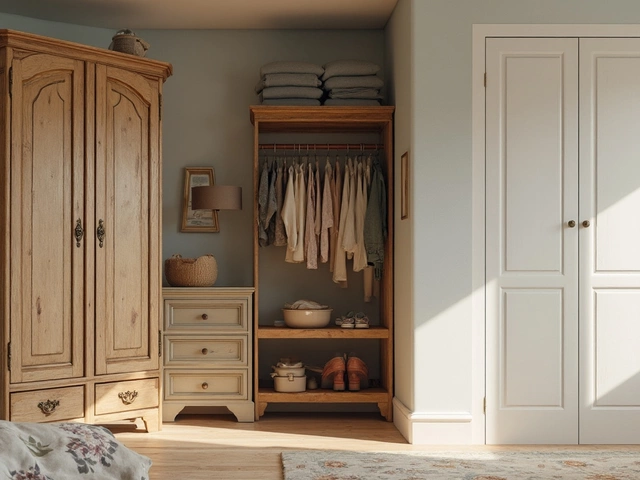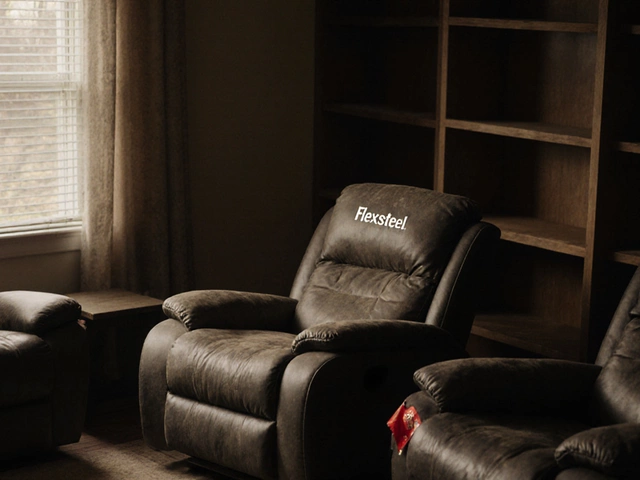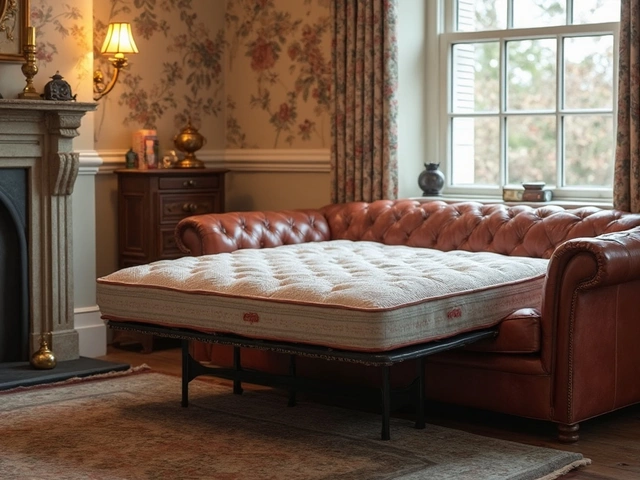Futon Guide: Practical Tips for Comfort and Style
Thinking about adding a futon to a classroom, office lounge, or a home room? You’re not alone. Futons blend a sofa’s seating comfort with a bed’s practicality, making them a smart choice when space is tight or versatility matters.
Unlike a regular sofa, a futon usually has a simple frame and a fold‑over mattress that can be used for sleeping. This design keeps the piece light, easy to move, and often cheaper than a dedicated sofa‑bed. Below we’ll walk through the key things you should check before you buy, how to pick the right style, and simple steps to keep it looking good for years.
Choosing the Right Futon for Your Space
First, think about where the futon will live. Will it sit in a student lounge, a teacher’s office, or a family room? The answer drives three decisions: size, mattress type, and frame material.
- Size matters. Measure the floor area, the doorways, and any nearby furniture. Common widths run 72‑80 cm for a single futon and 140‑160 cm for a double. Make sure the futon can fold flat without hitting walls.
- Mattress comfort. Foam offers firm support, while latex feels a bit softer and bounces back quickly. If you expect regular night‑time use, look for a thicker mattress (at least 15 cm) with a removable cover for easy cleaning.
- Frame durability. Metal frames are lightweight and rust‑proof, perfect for high‑traffic areas. Wooden frames add a warm look but need solid joinery to avoid squeaks over time.
Don’t forget the style. A neutral fabric such as gray, beige, or navy blends with most décor, while a bold pattern can become a room’s focal point. If you need extra storage, some futons come with hidden compartments underneath the seat.
Caring for Your Futon to Last Longer
Keeping a futon in top shape is easier than you might think. Here are three habits that pay off.
- Rotate the mattress. Every three months flip and rotate the mattress to even out wear. This prevents sagging and keeps the sleeping surface comfortable.
- Spot‑clean promptly. Accidents happen. Use a mild detergent and a soft cloth to blot spills. Avoid soaking the fabric, as excess moisture can cause mold in the foam.
- Support the frame. When you fold the futon, make sure the hinges aren’t forced. If the frame feels loose, tighten the screws or add a small metal brace.
For schools or offices, consider a futon with a removable, washable cover. It simplifies cleaning after a busy day and extends the life of the mattress.
Looking for more ideas? Our recent posts on “Best Sofa Types for Every Home” and “How to Spot High‑Quality Chairs” give extra insight on choosing complementary furniture. Pair a sturdy futon with an ergonomic chair for a flexible study nook, or match it with a sleek storage unit for a tidy lounge.
In short, a futon can solve a lot of space problems without sacrificing comfort. Measure your room, pick a mattress that matches your use, choose a frame that fits the traffic level, and follow simple care steps. With those basics, you’ll have a versatile piece that serves as a couch by day and a cozy bed by night for years to come.






